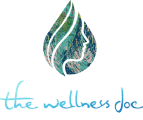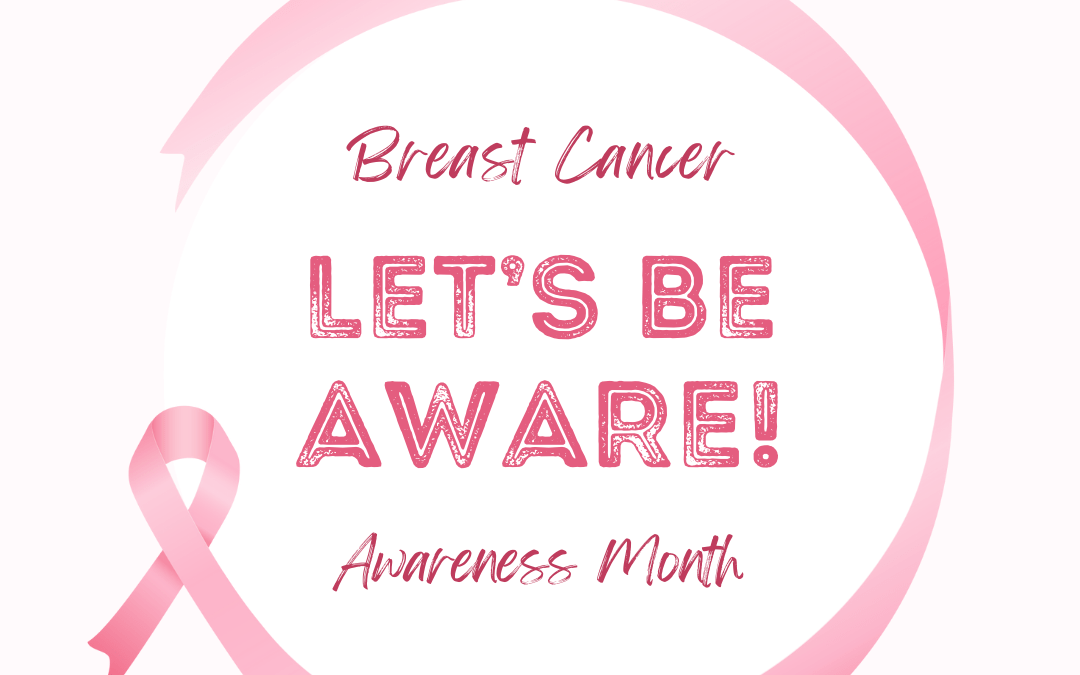Hello, health champions!
October is Breast Cancer Awareness Month, when we unite to shine a light on this prevalent disease and take proactive steps towards early detection and prevention.
In this blog, we’ll dive deep into breast cancer awareness, equipping you with essential statistics, insights on what to watch out for, and a step-by-step guide on performing a self-breast exam.
Plus, we have a special call to action for you – a limited quantity of complimentary mammograms. Read on to empower your health and join the fight against breast cancer.
Breast Cancer in Numbers: Understanding the Impact
Breast cancer is a global health concern that affects millions of lives. Here are some vital statistics to put the scope of the issue into perspective:
– According to the American Cancer Society, breast cancer is the most common cancer among women worldwide, regardless of race or ethnicity.
– In the United States alone, it is estimated that 1 in 8 women will develop invasive breast cancer during their lifetime.
– While breast cancer predominantly affects women, it’s crucial to note that men can also develop the disease, although it’s less common.
– Early detection is the key: when breast cancer is localized, the 5-year survival rate is an encouraging 99%, but this drops significantly for advanced stages.
-The American Cancer Society’s estimates for breast cancer in the United States in 2023 are about 297,790 new cases of invasive breast cancer will be diagnosed in women. About 55,720 new cases of ductal carcinoma in situ (DCIS) will be diagnosed.
Recognizing the Signs: What to Look For
Breast cancer can present in various ways, and vigilance is crucial for early detection. Here are some signs and symptoms to be aware of:
- Lumps or Thickening: The most common symptom is the presence of a lump or thickening in the breast tissue or underarm area. These can vary in size, texture, and pain.
- Changes in Breast Size or Shape: Pay attention to any noticeable changes in your breast’s size, shape, or contour. This may include swelling, dimpling, or puckering of the skin.
- Nipple Changes: Look for changes in the nipple, such as redness, scaling, or the nipple turning inward.
- Unexplained Pain: If you experience persistent pain in the breast or nipple that isn’t related to your menstrual cycle or other causes, it should be evaluated.
Performing a Self-Breast Exam: Taking Control of Your Health
Regular self-breast exams are a valuable tool for becoming familiar with your breast tissue and spotting any changes early. Here’s a simple step-by-step guide:
- Choose a Comfortable Spot: Find a quiet, well-lit area to stand or sit comfortably.
- Visual Inspection: Examine your breasts with your arms at your sides. Look for changes in size, shape, skin texture, or nipple appearance.
- Arms Overhead: Raise your arms overhead and recheck your breasts in the mirror for any changes.
- Palpation: While lying down, place a pillow under your right shoulder and your right arm behind your head. With your left hand’s fingers, gently move in small circular motions around your entire right breast, working from the outside in. Apply light, medium, and firm pressure to feel different layers of breast tissue.
- Check the Nipple: Gently squeeze the nipple and check for any discharge.
- Repeat for the Other Breast: Follow the same steps for your left breast.
- Stand Up and Reassess: Finally, stand up and recheck your breasts in front of the mirror.
Remember, self-breast exams are an important part of your health routine but are not a replacement for regular mammograms and clinical breast exams by healthcare professionals. If you notice any changes during your self-exam, consult a healthcare provider promptly.
Complimentary Mammograms, Limited Quantity
We’re offering a limited quantity of complimentary mammograms to support your breast health journey.
Early detection is your greatest ally in the fight against breast cancer, and we want to empower you to take this vital step.
Don’t miss this opportunity to prioritize your health.
Book your complimentary mammogram today and join us in the commitment to early detection and breast cancer awareness.
Together, we can make a difference in the lives of many.
Empower Your Health
Breast cancer awareness is more than just a month-long campaign; it’s a lifelong commitment to your well-being.
You actively participate in early detection and prevention by staying informed, recognizing potential signs and symptoms, and performing regular self-breast exams.
Your health is your greatest asset, and we’re here to support you every step of the way.
Don’t wait – book your complimentary mammogram and empower your health today.
Together, we can significantly impact the fight against breast cancer.
SCHEDULE

